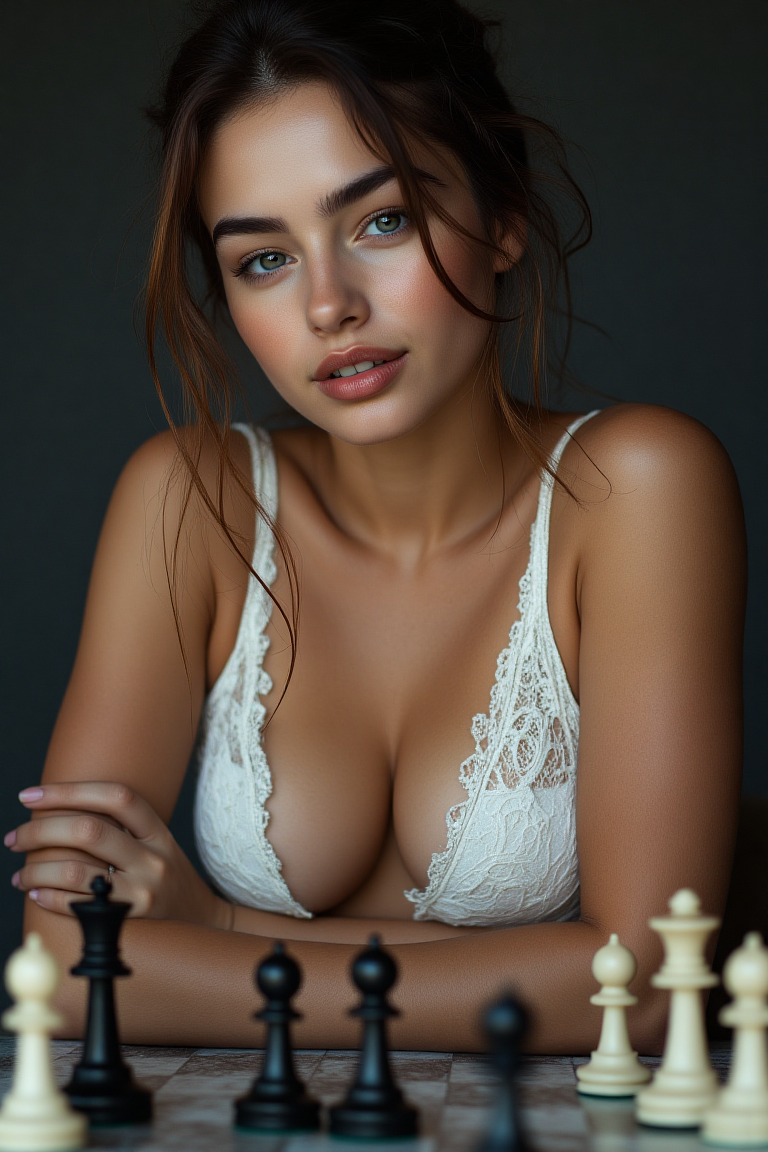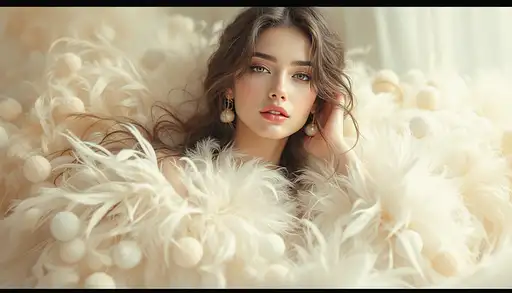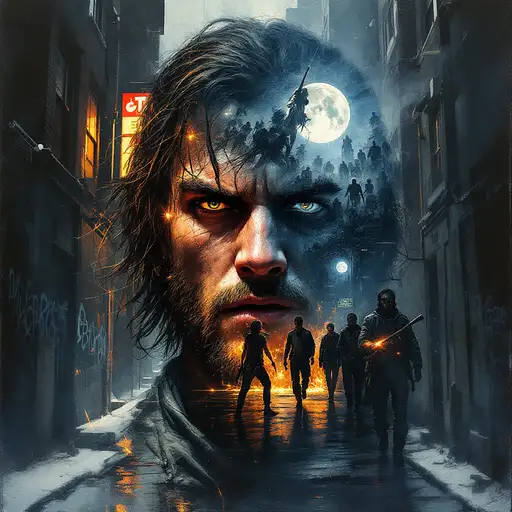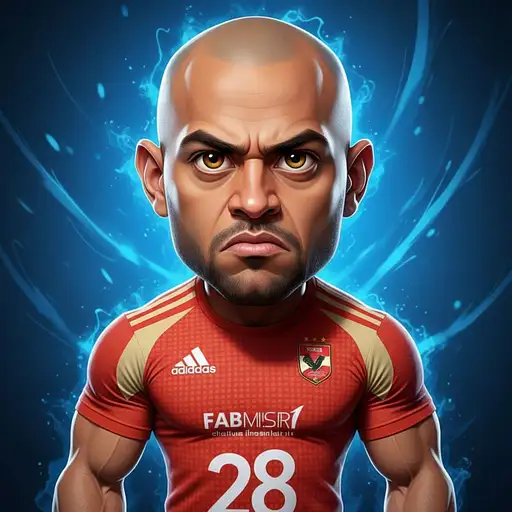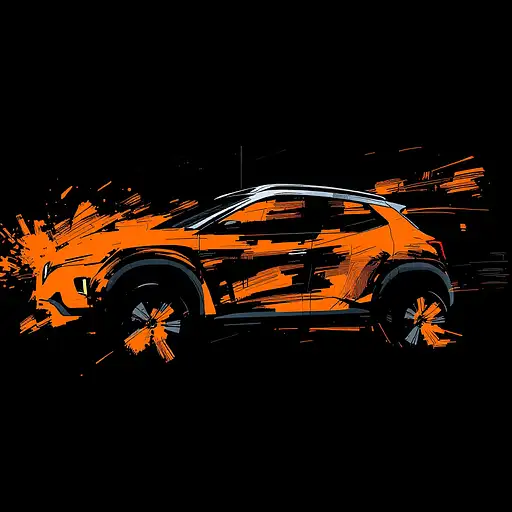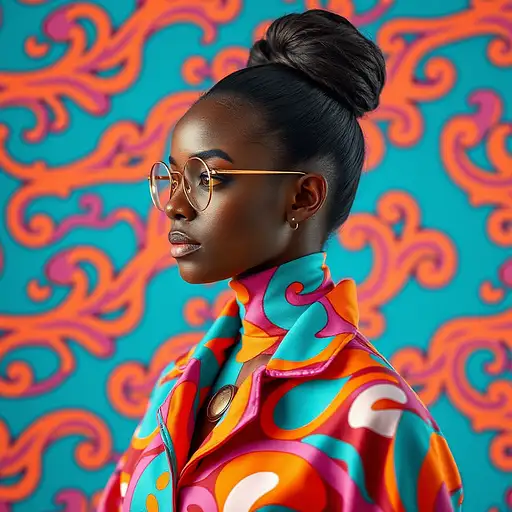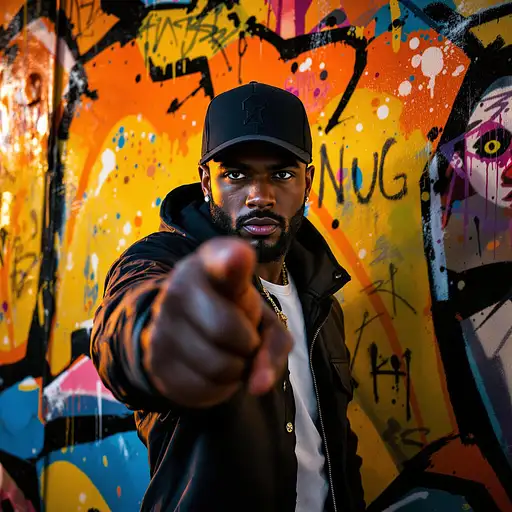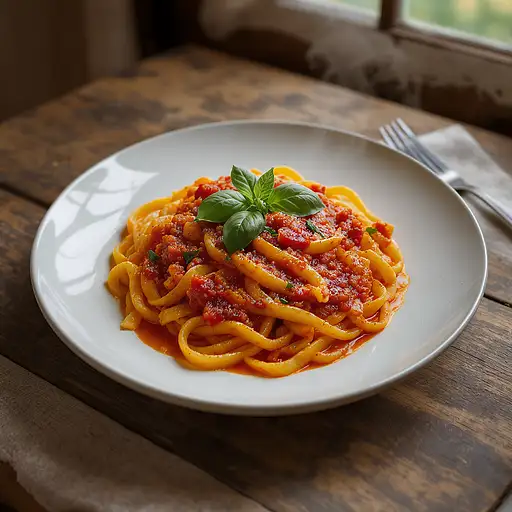
6 months ago
Close-up portrait of the Joker, Caucasian, adult male, with vibrant, stylized makeup. Intense, expressive eyes, and a mischievous smirk. His face is heavily painted with vibrant reds, yellows, and blues, creating a chaotic color palette. Wild, unruly, green-yellow hair cascades around his head. He wears a dark, textured, red garment with visible patterns that appear to flow and blend with the makeup tones. The lighting is dramatic, emphasizing the details of the makeup and the textures on the face. The image has a painterly, stylized quality, with a focus on expressive character and vibrant colors. The composition is tight, filling the frame with the subject's face, creating a strong sense of intimacy. The artist has skillfully used color and texture to create a memorable, emotionally charged image. Style: graphic novel, comic book art, film poster.
